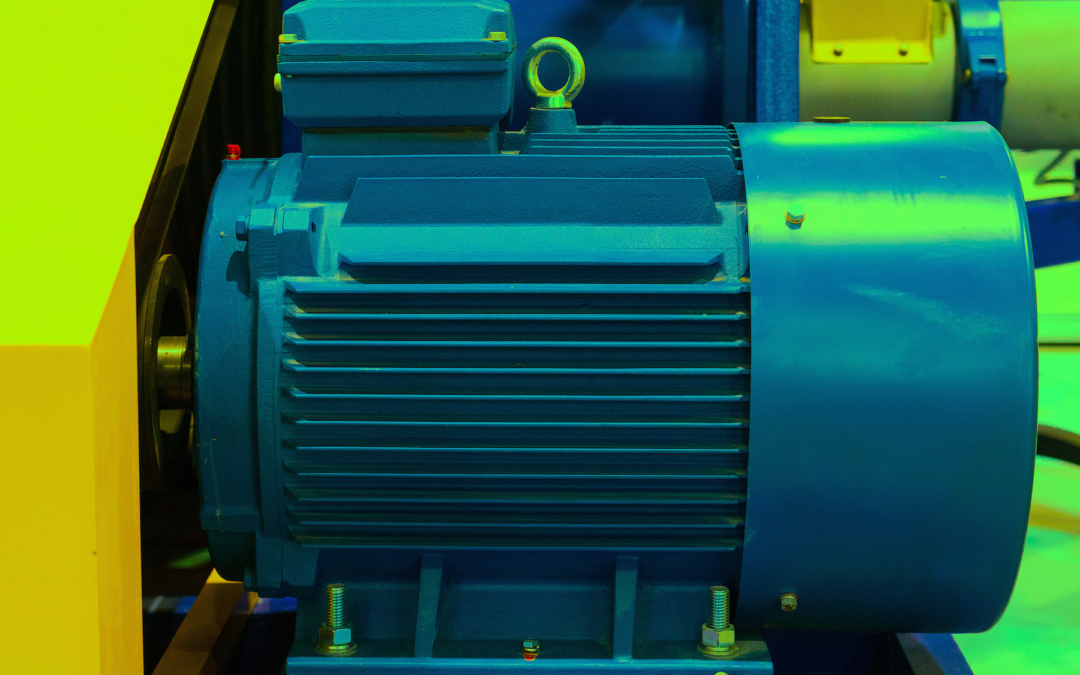In this first part of a new series on electric motor systems, we’ll review the reliability of such systems. Let’s start by considering one the most-asked questions associated with the topic: “How long should the motor last?”
While there are standards that call out a minimum life, i.e., API 541 5th Edition: 5 years; and warranties call out ranges from 1 to 5 years for standard motors, some utility specifications will refer to a range from 20 to 40 years for larger motors. As for standards, the IEEE Gold Book (IEEE Std 493-2007) and IEEE Std 3006.8-2018, “Recommended Practice for Analyzing Reliability Data for Equipment Used in Industrial and Commercial Power Systems,” which were both renewed in 2018, provide some light on actual life of electric machines in terms of failure rate (failures per year) and average downtime associated with failures.
If we go with electric motors over 200 horsepower, IEEE 493 identifies those under 1000 Volts as having a failure rate of 0.0824; those from 1000-5000 Volts having a failure rate of 0.0714; and synchronous motors from 1000-5000 Volts having a failure rate of 0.0762. This translates into a motor life of 12 years, 14 years and 13 years respectively.
When reviewing the prior IEEE and EPRI motor reliability studies, the maximum failure rate ranges showed that motors under 1000 Volts could survive up to about 20 years, and those over 1000 Volts could survive 30 to 40 years. What is also interesting when reviewing the studies, including the review for updating the standards in 2018, was that the average failure rate of newer motors, even with newer materials, did not significantly change. Thus, the standards were reviewed and left as they were.
It’s important to understand that the above projections are based on the Mean Time Between Failures (MTBFs) of electric motors in operation. In the design environment, although they won’t be published anywhere, the targets are often 10 to 15 years for commercial/industrial three phase motors under 25 horsepower, and 20 years for three phase induction motors that are 100 horsepower and larger (particularly with medium-voltge motors), and more than 30 years for larger medium- and high-voltage motors and synchronous designs.
So, why don’t motors last as long in plants? It’s often the result of improper application and poor maintenance practices, combined with manufacturing quality control. On average, warranty rates for new electric motors fall in the range of 1%, although many claim half or less that value, across warranty rates ranging from 1 to 5 years.
In motor repair, the average warranty rate falls within 3% to 5% in the warranty period of one year. These numbers are skewed by some manufacturers that will not honor warranties for such things as bearing failures after 24 hours of operation and other warranty-related issues, as well as companies not claiming warranty, and manufacturers and repair centers providing warranties that are not warranted.
Beyond factory or repair defects, which are outside of our control other than through specifications and commissioning, what can be done to maximize the life of our prime movers? What are the impacts of precision maintenance on the life and efficiency of an electric motor?
In addition to the loss of use of the equipment due to defects, as a defect occurs or progresses, it will have an impact on the efficiency of the system, as well as on energy losses at the defect given the fact that the motor has to push through the defect.
When it comes to balancing, keep in mind that unbalance of a motor can decrease the potential life of a bearing, even when you are within specifications, up to 95% of the potential life of the bearing. Going to a tighter balancing specification can increase component life by years. However, when tracking close to 1,000 electric motors that were balanced in a repair shop that had not been modified, and across a number of manufacturers, not one met even the basic standard.
In the next installment of this series, we will start with the impact of rotor balance on the life of the machine, including how to calculate the expected bearing life of a ball-bearing electric motor.TRR
ABOUT THE AUTHOR
Howard Penrose, Ph.D., CMRP, is Founder and President of Motor Doc LLC, Lombard, IL and, among other things, a Past Chair of the Society for Reliability and Maintenance Professionals, Atlanta (smrp.org). Email him at [email protected], or [email protected], and/or visit motordoc.com.



